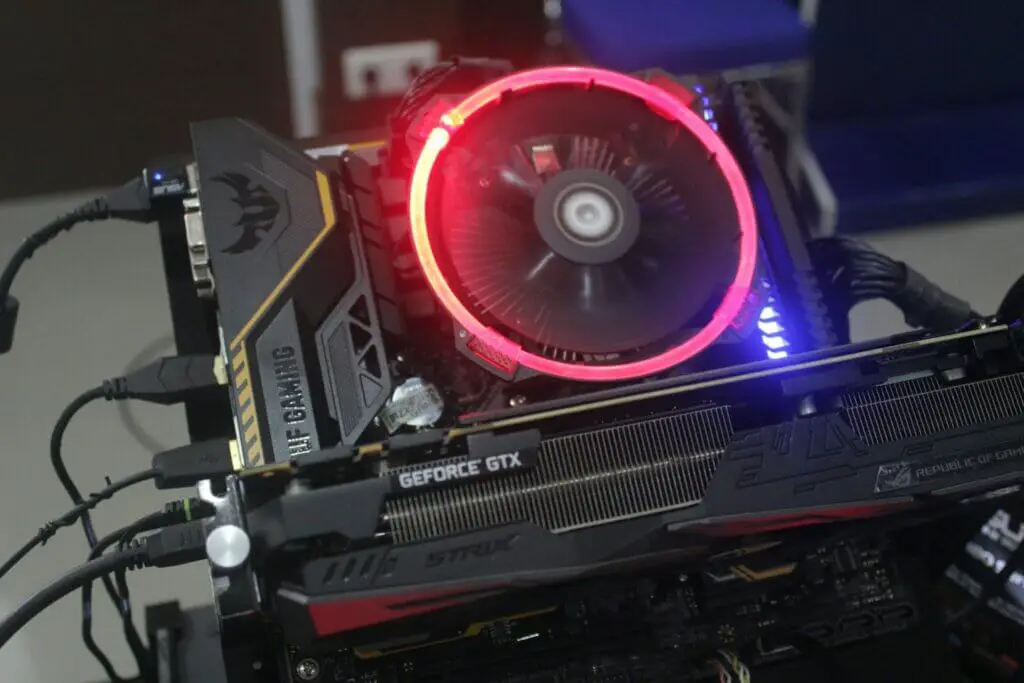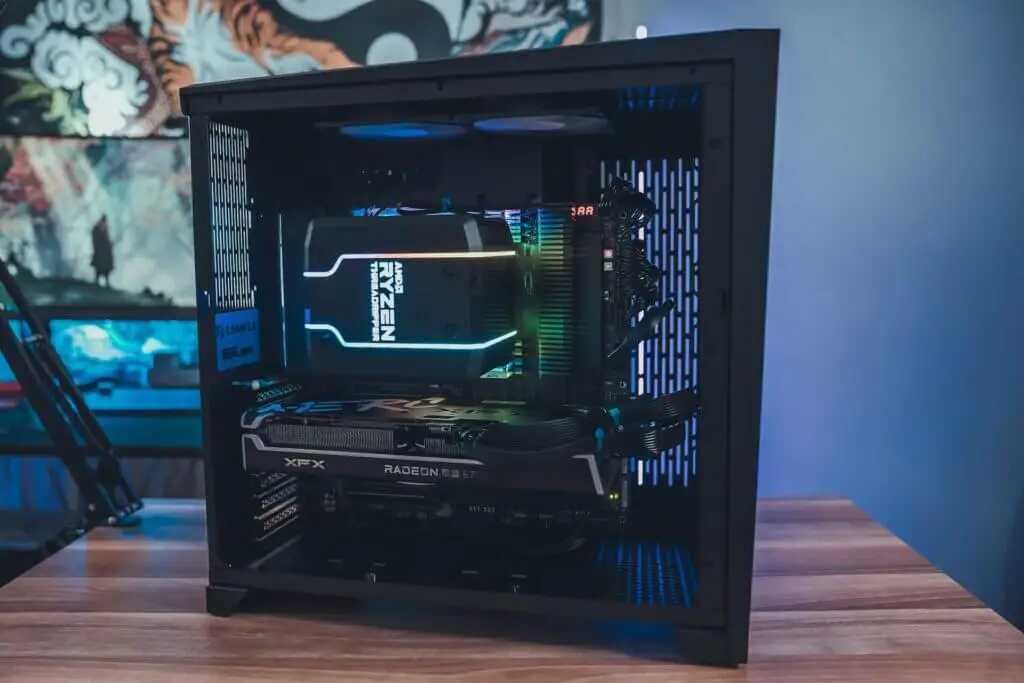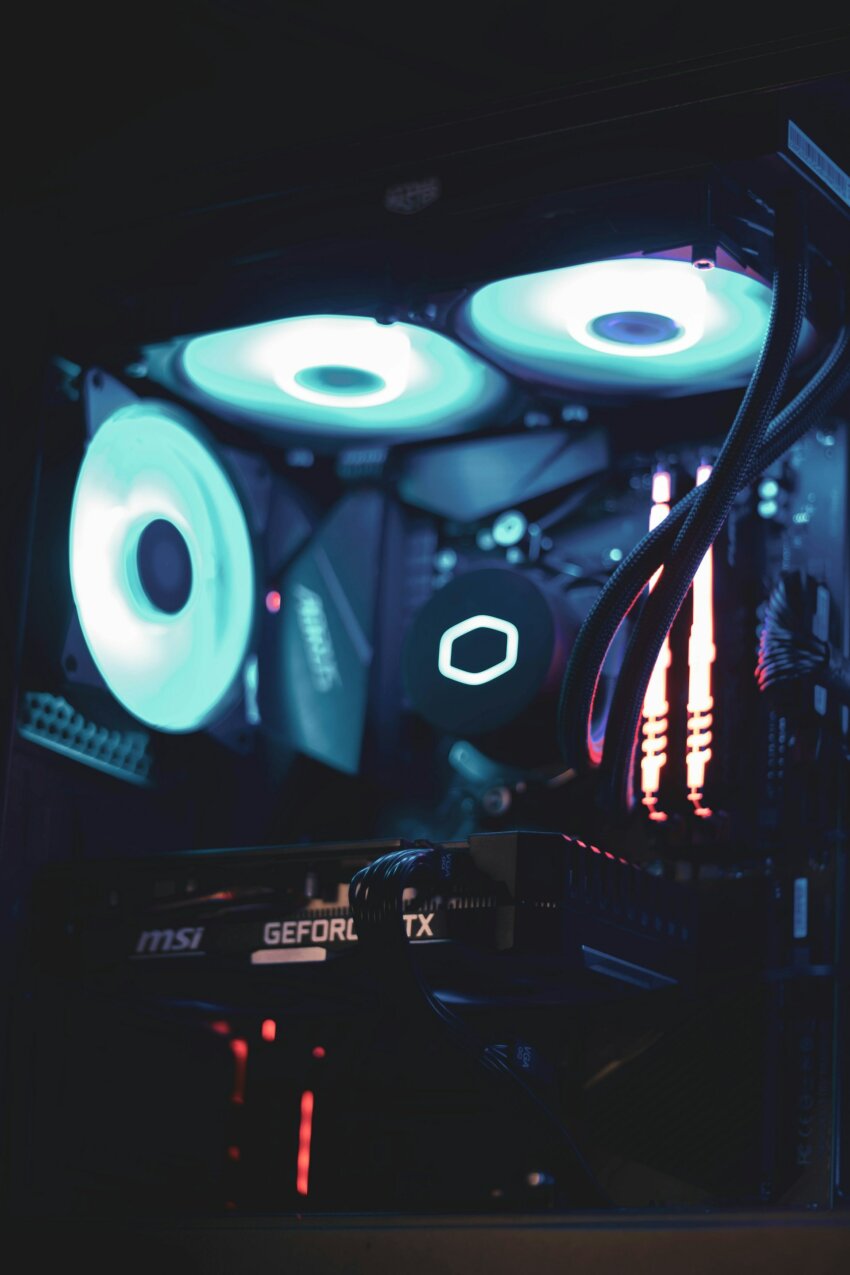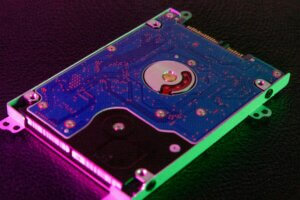We may earn money or products from the companies mentioned in this post.
Custom PC Build Guide
Embarking on a journey to build your custom PC can be as thrilling as it is technical. Navigating the myriad of components available on the market, you will encounter CPUs that serve as the heartbeat of operations, GPUs that render breathtaking visuals, and RAM modules that ensure smooth multitasking. Each choice you make serves as a cornerstone in the architecture of your personalized computer system. This guide will escort you through the essential considerations, from the marriage of your motherboard and CPU to the strategic selection between SSDs and HDDs, ensuring you’re equipped to create a balanced and potent machine that aligns with your technological needs and aspirations.
Choosing the Right Components
Understanding the right PC components is crucial to building or upgrading a personal computer that meets specific needs and preferences. Performance and compatibility stand as the two central pillars when selecting each part for a tailor-made computing experience.
The Central Processing Unit (CPU), the heart of the computer, dictates overall performance, affecting everything from everyday tasks to intensive workloads. It’s essential to consider the number of cores and clock speed to gauge processing power; more cores and higher clock speeds typically translate to better multitasking and faster operations. When picking a CPU, one must also ensure the chosen motherboard supports the CPU’s socket type for seamless integration. Moreover, the Graphics Processing Unit (GPU) becomes paramount for gamers and professionals dealing with high-resolution video editing or 3D rendering. A GPU with more memory and faster clock speeds will generally deliver smoother visuals and better handling of graphical tasks.
Aside from the CPU and GPU, Memory (RAM) and storage are key factors influencing system responsiveness and data management. A minimum of 8GB of RAM is advised for basic operations, yet 16GB or more is advisable for intensive multitasking or demanding software applications. As for storage, Solid State Drives (SSDs) offer quicker boot times and data access compared to traditional Hard Disk Drives (HDDs), making them a desirable choice for the operating system and frequently used applications.
Every component selected should harmonize with the rest, ensuring a balanced system that caters to user objectives without unnecessary expenditure or bottlenecks. Cooling solutions, Power Supply Units (PSUs), and Case Size round out the considerations, each integral to the system’s stability, longevity, and expansion possibilities. With these guidelines in mind, one can assemble a PC that is both powerful and tailored to one’s individual computing demands.

Optimizing for Performance
Maximizing PC performance extends beyond selecting top-tier components; it requires meticulous fine-tuning. One critical avenue for optimization is the system’s BIOS or UEFI settings. Here, enthusiasts can adjust memory timings, configure the boot sequence, and overclock the CPU and GPU to boost processing power. Overclocking must be approached with caution, as higher speeds generate additional heat. Stable overclocking typically involves incremental adjustments and systematic stress testing, ensuring components maintain their integrity under the added strain.
Another fundamental aspect revolves around the operating system and software maintenance. Keeping the OS updated is crucial for both security and performance, as updates often include optimizations and patches for known issues. Additionally, judicious management of startup programs and background processes can dramatically free up resources, allowing the PC to focus its firepower on immediate tasks. By strategically disabling unnecessary services or scheduling tasks for off-peak hours, a custom PC’s performance can be finely tailored to the user’s specific needs, ensuring a swift, seamless computing experience right up to the last byte of data processed, without redundant processes dragging down system resources.

Assembly and Testing
When constructing a custom PC, it’s not just about putting the pieces together; once you have your Operating System installed it’s also critical to ensure that the system runs smoothly under pressure. Stress testing is an essential step in evaluating stability and performance under load. To that end, there are several best practices for effective stress testing.
One approach involves the use of benchmarking tools that push the computer’s components to their operational limits. Prime95 and AIDA64 are well-known for their CPU testing capabilities, while FurMark provides a heavy workload for GPUs. It’s important to monitor temperatures during these tests with software like HWMonitor to ensure they stay within safe operating ranges. If thermal thresholds are exceeded, this could signal inadequate cooling or the need for more strategic thermal paste application.
The process shouldn’t be rushed. Stress tests should be run for extended periods, sometimes for several hours, to simulate intense use. The goal is to identify potential weaknesses before they become problems, ensuring that the system is reliable under the extreme demands of gaming and other high-performance tasks. Additionally, regular testing following system updates or hardware changes maintains peak performance and identifies issues stemming from the modifications.
In conclusion, meticulousness in assembly and rigorous stress testing are the keys to a dependable custom PC. It will not only help in catching any immediate issues but also prolong the overall lifespan and efficiency of the system. By following these best practices, users can achieve a robust, tailor-made computing experience that stands the test of time and demand.

The journey from a collection of components to a fully functional custom PC is not just about the physical assembly; it symbolizes the realization of a personal vision and a testament to technological empowerment. As screws are tightened and cables managed, what was once a blueprint becomes a hub of performance and possibility. With your system meticulously stress-tested and performance benchmarks achieved, you stand at the precipice of discovery, where each click summons untold potential. May your custom PC not only meet the demands of today’s digital world but also open vistas to innovation and exploration in the boundless realm of computing.
You Might Also Like – Software Cleanup Checklist


